Unwrapping the Mystique of Thai Sweet Sauce
Ever dipped a crispy spring roll into that glossy, sweet, and slightly tangy sauce at your local Thai place and thought, 'What magic is this?' Well, you're not alone.
Table of Contents
- A Taste of Thailand’s Streets
- What Makes Thai Sweet Sauce So Iconic?
- DIY at Home: A Step-by-Step Sweet Sauce Recipe
- Pairing Like a Pro: What Goes Best with This Sauce?
- The Evolution of Thai Sweet Sauce in Global Cuisine
- Pro Tips & Mistakes to Avoid
- Final Thoughts: The Sweetness of Simplicity
A Taste of Thailand’s Streets
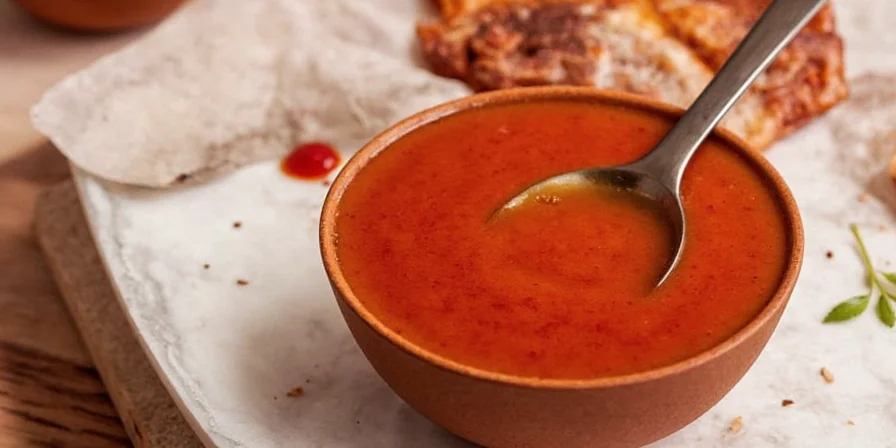
Thai sweet sauce—known locally as nâm chim kai tod or sometimes just nâm chim—is the unsung hero of many a street food stall. Whether it's slathered over grilled chicken wings, drizzled on fried tofu, or served alongside crispy egg rolls, this sauce has earned its stripes in the flavor halls of fame.
What Makes Thai Sweet Sauce So Iconic?
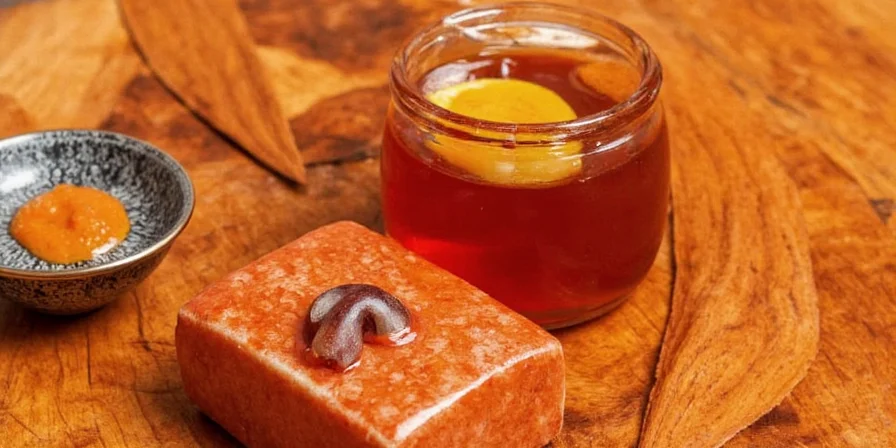
Let’s break down what makes this sauce stand out in the global spice arena:
| Ingredient | Purpose | Alternative |
|---|---|---|
| Tamarind paste | Provides tanginess | Lime juice (less traditional) |
| Brown sugar | Delivers depth of sweetness | Coconut sugar |
| Fish sauce | Salt + umami bomb | Soy sauce (vegan option) |
| Garlic | Kicks up the aroma | Minced garlic paste |
| Chili | Adds subtle heat | Red pepper flakes |
This balance between sweet, sour, salty, and spicy is what gives Thai sweet sauce its complex character—a flavor profile that dances rather than bulldozes.
DIY at Home: A Step-by-Step Sweet Sauce Recipe

- Mix 2 tablespoons tamarind paste with ¼ cup warm water and strain to remove seeds/fibers.
- In a small pot, combine 3 tbsp brown sugar, 2 tbsp fish sauce, 1 minced garlic clove, and a pinch of red chili flakes.
- Add the strained tamarind mixture and bring everything to a gentle simmer.
- Reduce heat and let thicken for 5–7 minutes, stirring frequently.
- Cool and store in a sealed jar in the fridge for up to 2 weeks.
Pairing Like a Pro: What Goes Best with This Sauce?
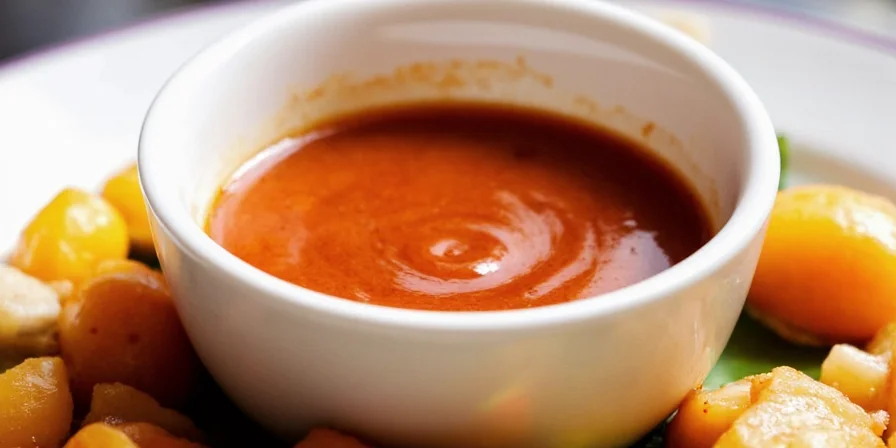
Here’s a quick guide to get the most out of your homemade Thai sweet sauce:
- Fried Tofu: Absorbs the sauce beautifully.
- Grilled Chicken Wings: The smoky meets sweet combo is unbeatable.
- Spring Rolls: Especially the crispy kind—crunch + gloss = perfection.
- Pad Thai: Use it as an extra drizzle instead of lime for a richer twist.
The Evolution of Thai Sweet Sauce in Global Cuisine
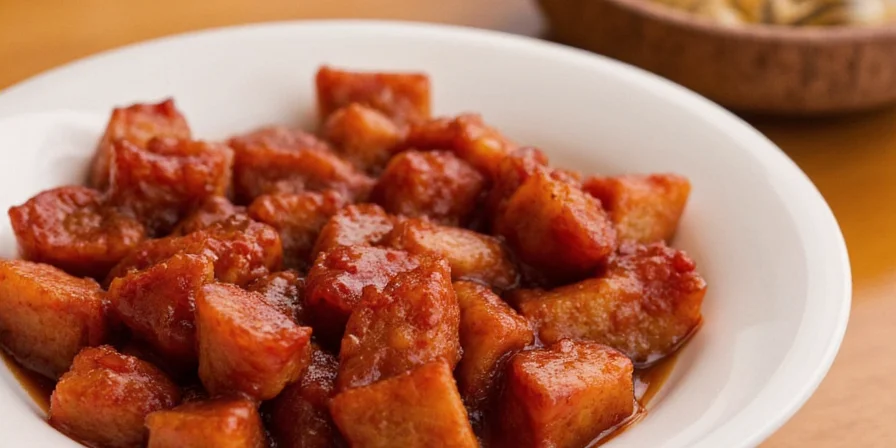
Once confined to street carts and village kitchens, Thai sweet sauce has now gone global. It's popping up in fusion burgers, sushi bowls, and even vegan poke bars. Here's how different regions have adopted and adapted it:
| Region | Adaptation | Signature Dish |
|---|---|---|
| USA | Sweet chili glaze | Thai-inspired chicken tenders |
| Japan | Teriyaki-style marinade | Sweet sauce yakitori |
| Australia | Burgers & wraps topping | Vegan jackfruit tacos |
| Europe | Gourmet dipping sauce | Crispy halloumi bites |
Pro Tips & Mistakes to Avoid
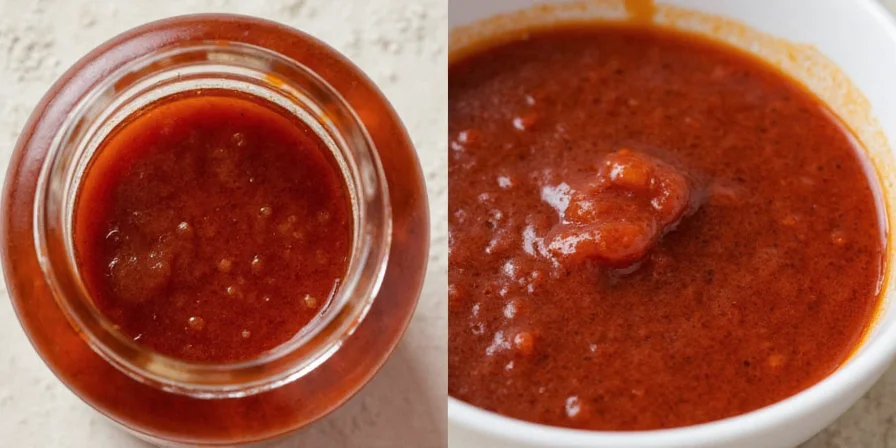
- Mistake #1: Using too much tamarind without balancing the sweetness. Always taste before finalizing!
- Mistake #2: Skipping the simmer. Letting the flavors meld makes a world of difference.
- Mistake #3: Not adjusting to dietary needs. Offer soy sauce or tamari for vegan versions.
- Mistake #4: Overheating the sauce. Keep it low and slow to avoid burning the sugar.
- Mistake #5: Forgetting the garlic! It's essential for that savory backbone.
Final Thoughts: The Sweetness of Simplicity
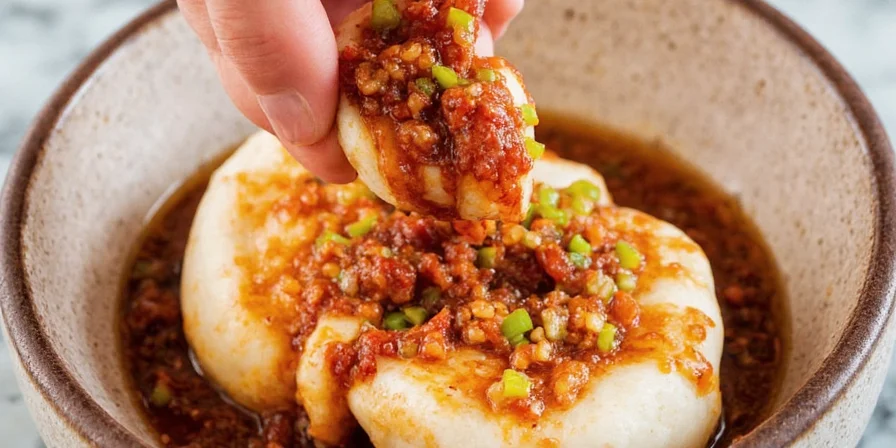
At the end of the day, Thai sweet sauce proves that you don’t need a laundry list of ingredients to create something unforgettable. Its charm lies in its simplicity—and yet, there's a complexity to its flavor that keeps people coming back bite after bite, meal after meal.
So next time you’re craving that perfect balance of sweet and spicy, reach for your own homemade batch. Your taste buds—and your dinner guests—will thank you.

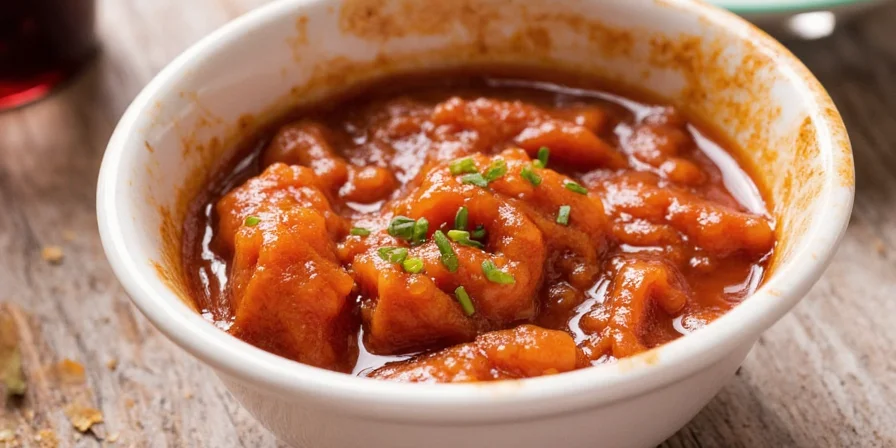









 浙公网安备
33010002000092号
浙公网安备
33010002000092号 浙B2-20120091-4
浙B2-20120091-4